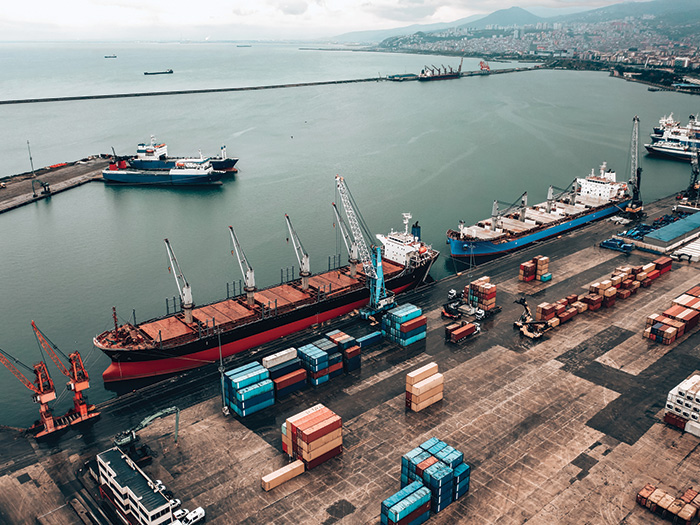Risk Insider: Joe Boren
Calculating the Costs of Fracking
In October 1973, the U.S. experienced a major energy crisis.
Initiated by an OPEC oil embargo, Americans were left scrambling to try and deal with a sudden and severe fuel shortage that seemed to go on forever.
Gas was rationed to 10 gallons per purchase, and the wait for that meager amount often stretched to hours. Stations only accepted cash. Frustration and anger provoked fights among those waiting in line.
In response, President Richard Nixon vowed that we would become energy independent as a nation; we would never again be held hostage by foreign countries for energy. Czars were named and task forces formed.
Guess what impact these efforts produced? Zero.
Sure, we built some nuclear power plants and gave out additional drilling permits. But the urgency of the issue dissipated when the gas lines eased and Americans were no longer inconvenienced.
Energy independence was dropped as a priority and the issue became a periodic campaign slogan.
Yet, even without political leadership, the American energy industry found a real path to energy independence.
Yet, even without political leadership, the American energy industry found a real path to energy independence.
The innovation is called hydraulic fracturing (fracking for short).
We had long known of extensive U.S. oil and gas reserves that, if tapped, would provide energy independence. But existing drilling technology was inadequate to remove the energy from the ground.
Fracking was the answer. In a previously unimaginable short period of time, we became the number one oil and gas producing country in the world.
Huge new reserves were tapped, long-struggling communities became boom towns, and “U.S. energy independence” transformed from fiction to inevitability.
But like most things in life, a decision to act (or not act) comes down to an assessment of risk. Who takes it? How much? Who pays if something goes wrong?
And last week, New York Gov. Andrew Cuomo announced the results of his own fracking risk assessment.
From a professional risk management perspective, the insurance industry came to a very different conclusion.
Quoting a four-year-in-the-making “independent” health and environmental study conducted by New York State, and feeling protected by his recent re-election, Gov. Cuomo banned fracking.
The reasons? Concerns about water contamination and air pollution, plus insufficient scientific evidence to affirm the safety of fracking.
From a societal perspective, the reactions were predictable.
Environmental groups and the democratic left applauded. Residents and political leaders from parts of New York State where the economy was suffering and oil and gas resources are plentiful demurred.
From a professional risk management perspective, the insurance industry came to a very different conclusion.
Based on our own analysis and real world experience, we concluded that the risks are manageable and insurable, just like the environmental risks from many other U.S. industrial companies.
While Gov. Cuomo is busy calculating the political costs, we as an industry back up our assessment by putting our capital at risk. And then we work with our energy clients to ensure that the risks associated with fracking are constantly monitored and managed.
As a New York resident and an environmental risk professional, it’s a sad day to see such disconnect between public policy and effective risk management.
Read all of Joe Boren’s Risk Insider contributions.








